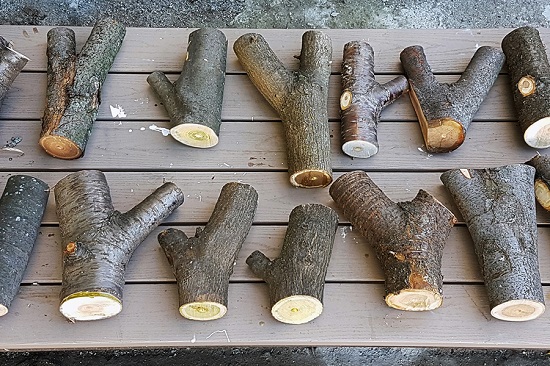 Wednesday, October 2, 2024
Wednesday, October 2, 2024  Wednesday, October 2, 2024
Wednesday, October 2, 2024 
Concern about climate change has focused significant attention on the buildings sector, in particular on the extraction and processing of construction materials. The concrete and steel industries together are responsible for as much as 15 percent of global carbon dioxide emissions. In contrast, wood provides a natural form of carbon sequestration, so there’s a move to use timber instead. Indeed, some countries are calling for public buildings to be made at least partly from timber, and large-scale timber buildings have been appearing around the world.
Observing those trends, Caitlin Mueller ’07, SM ’14, PhD ’14, an associate professor of architecture and of civil and environmental engineering in the Building Technology Program at MIT, sees an opportunity for further sustainability gains. As the timber industry seeks to produce wooden replacements for traditional concrete and steel elements, the focus is on harvesting the straight sections of trees. Irregular sections such as knots and forks are turned into pellets and burned, or ground up to make garden mulch, which will decompose within a few years; both approaches release the carbon trapped in the wood to the atmosphere.
For the past four years, Mueller and her Digital Structures research group have been developing a strategy for “upcycling” those waste materials by using them in construction — not as cladding or finishes aimed at improving appearance, but as structural components. “The greatest value you can give to a material is to give it a load-bearing role in a structure,” she says. But when builders use virgin materials, those structural components are the most emissions-intensive parts of buildings due to their large volume of high-strength materials. Using upcycled materials in place of those high-carbon systems is therefore especially impactful in reducing emissions.
Mueller and her team focus on tree forks — that is, spots where the trunk or branch of a tree divides in two, forming a Y-shaped piece. In architectural drawings, there are many similar Y-shaped nodes where straight elements come together. In such cases, those units must be strong enough to support critical loads.